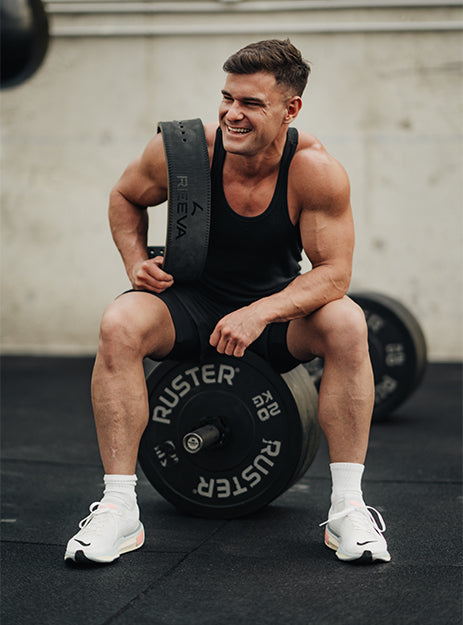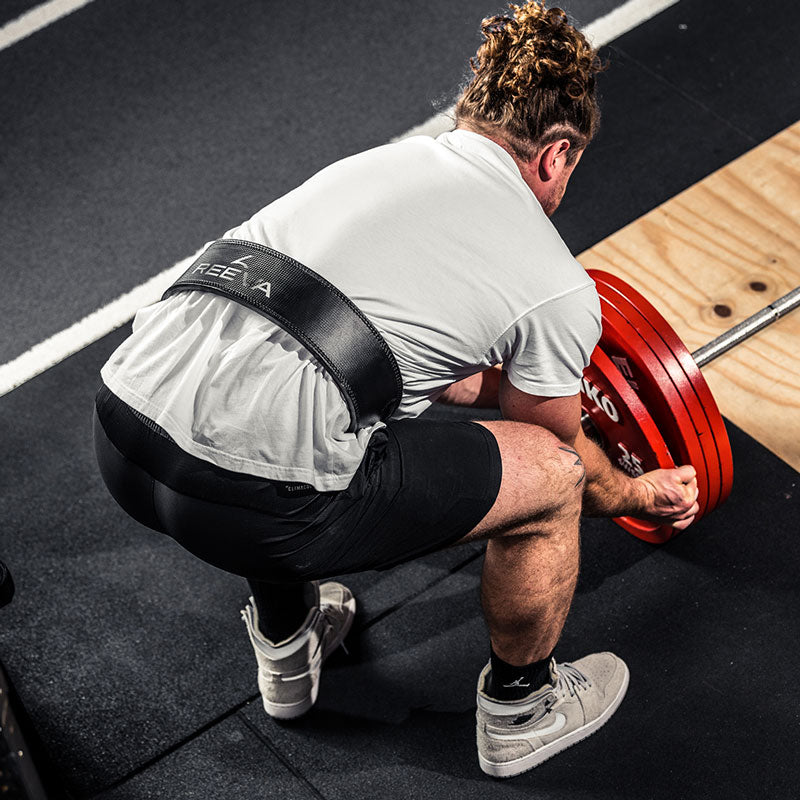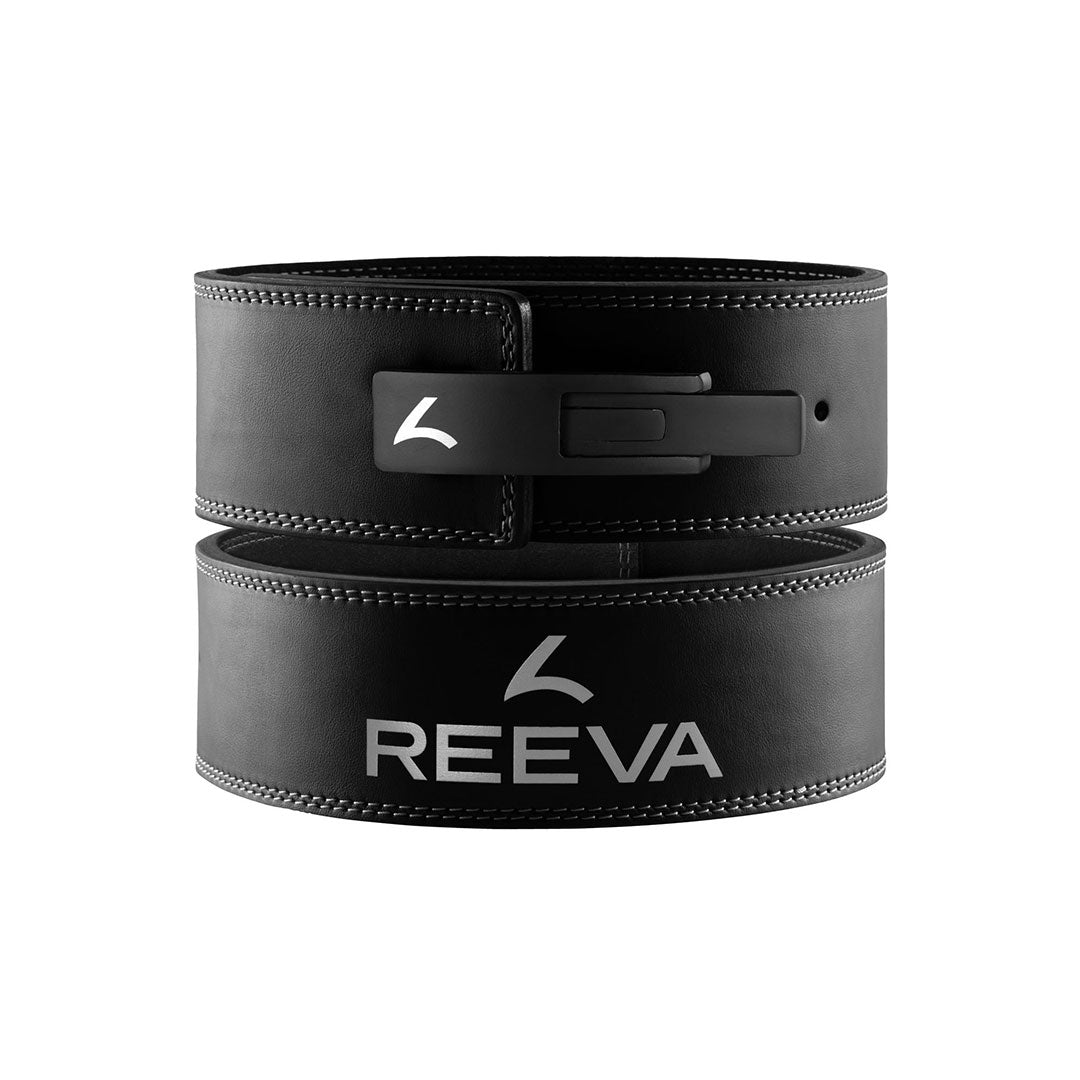
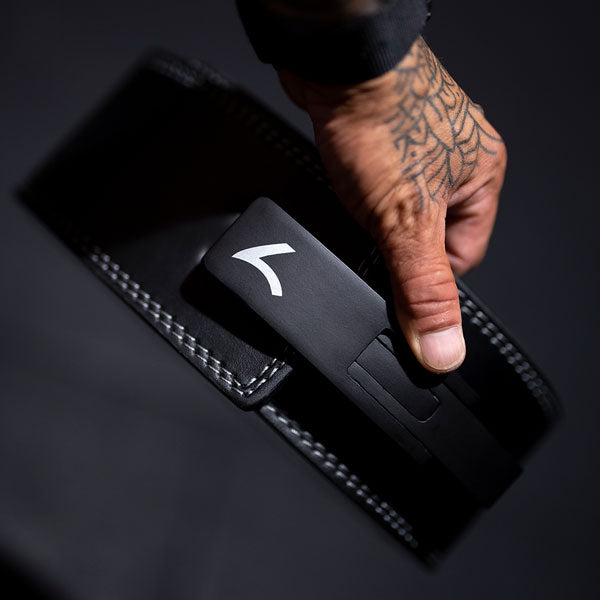
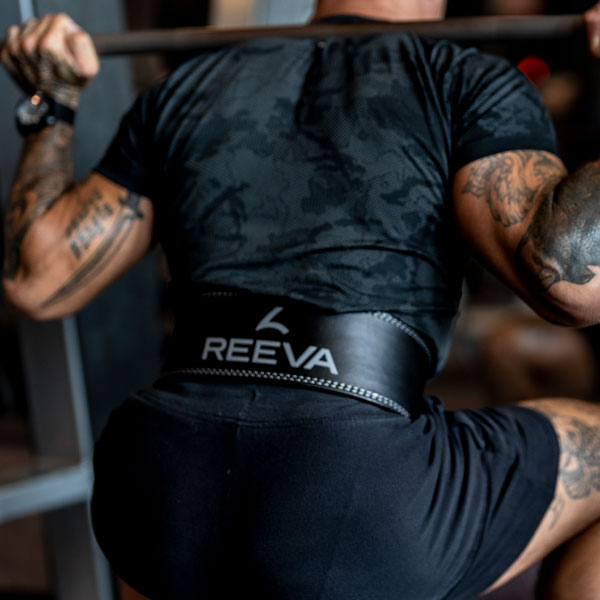
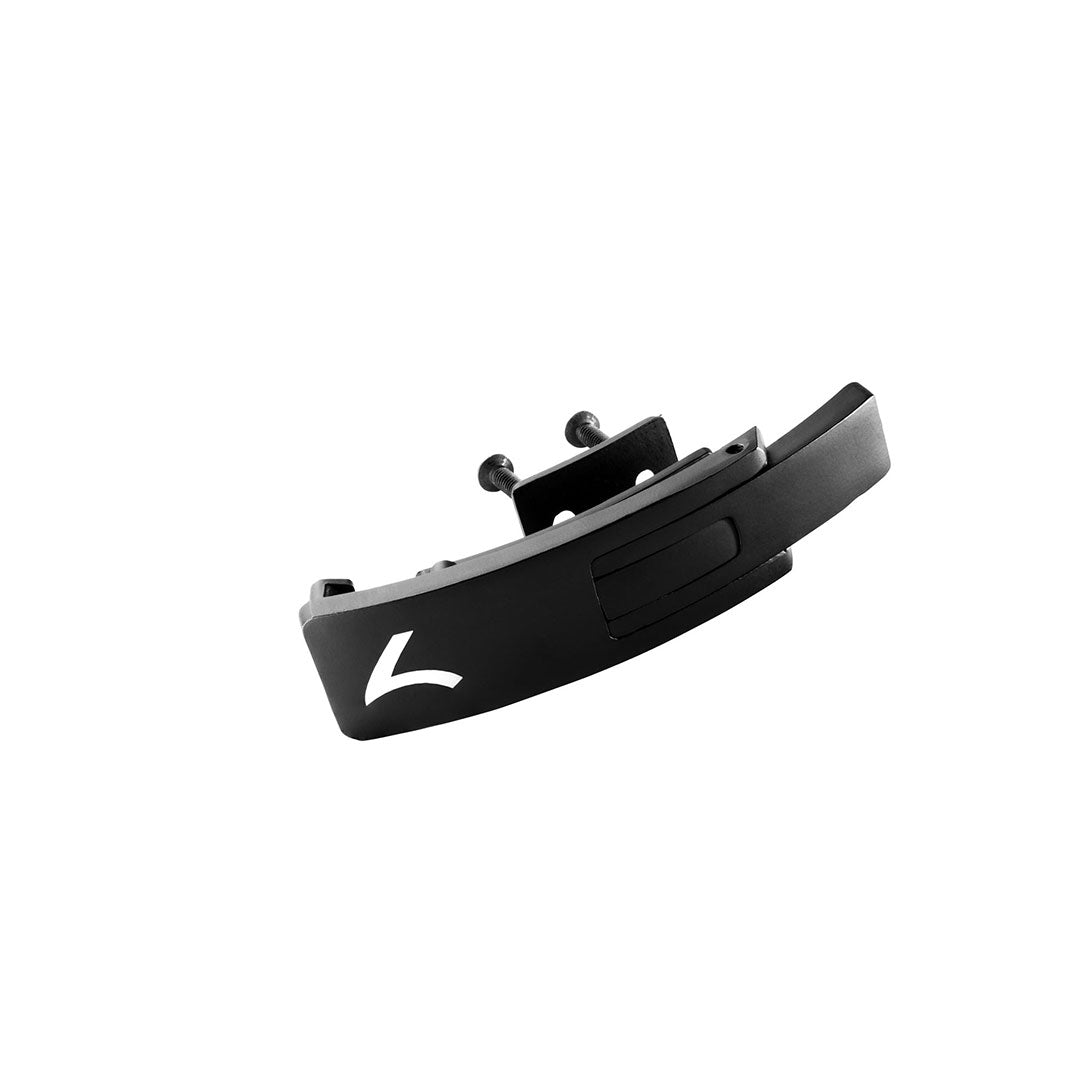
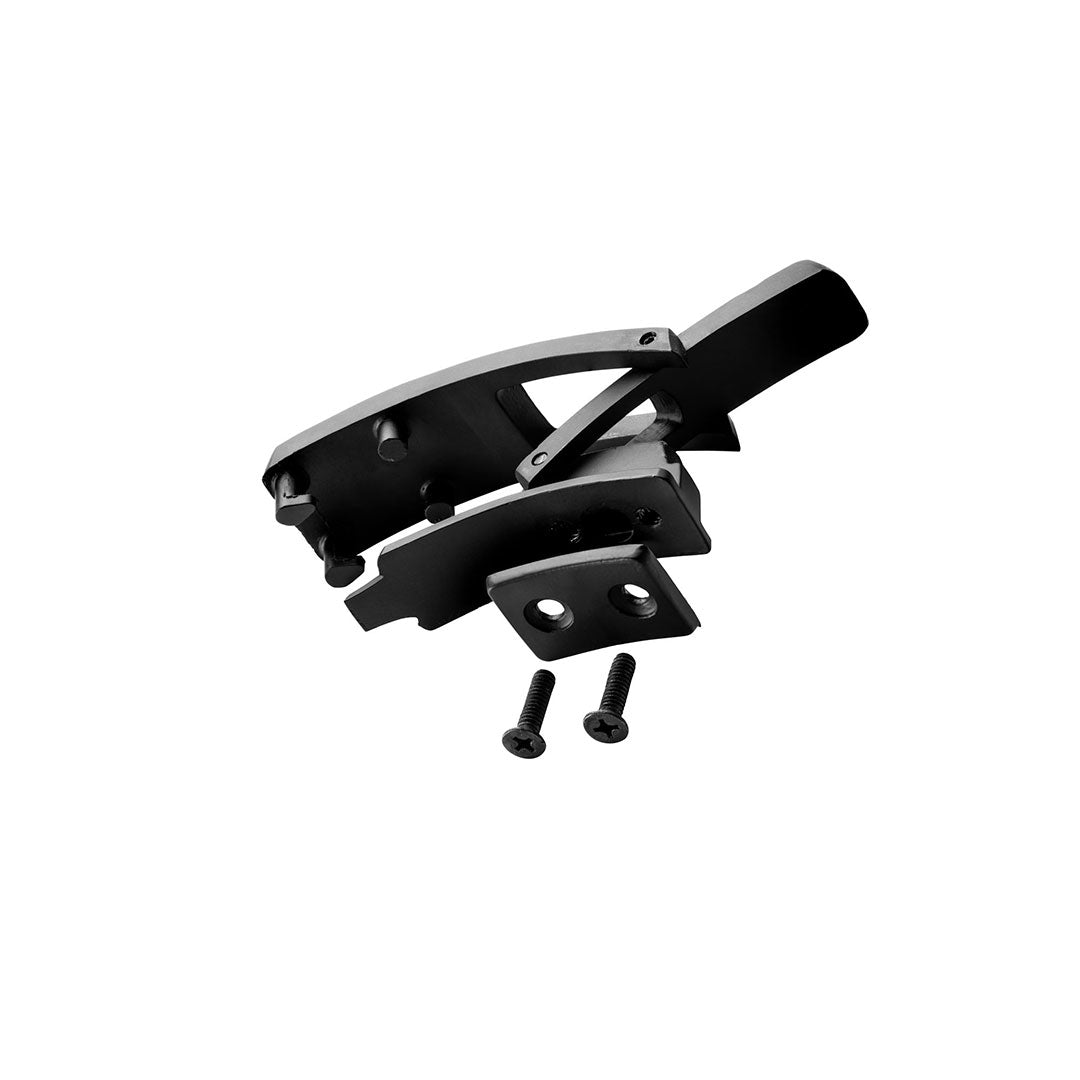
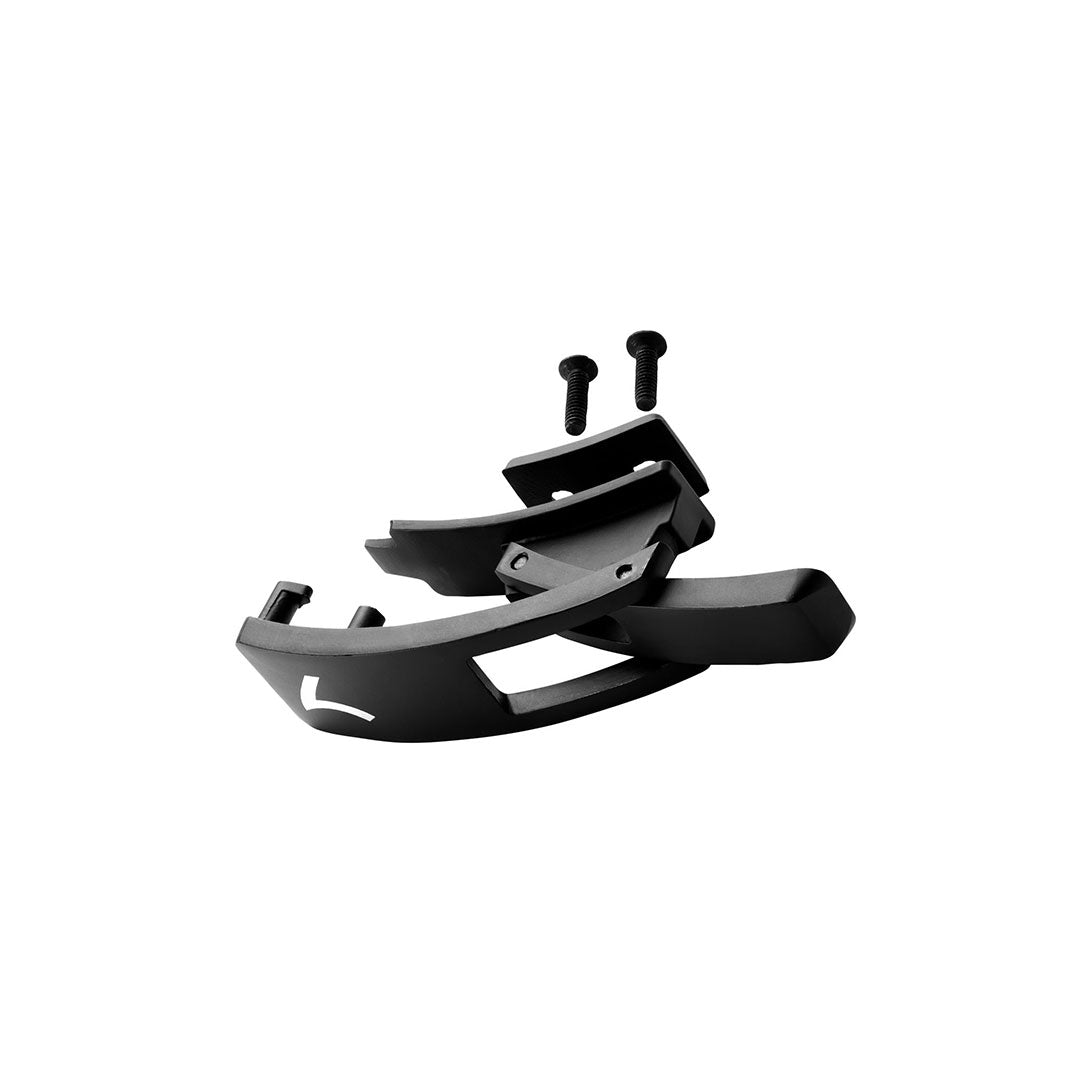
Rated 4.6 out of 5 stars
957 Reviews
Lifting Belt Microfiber Leer met Mixed Metal Buckle (10MM)
Verkoopprijs€65,00Normale prijs
€79,00
Op voorraad, klaar voor verzending
Reeva betaalt alle invoerrechten en belastingen.
Gratis retourneren binnen 30 dagen in NL.
Gratis verzending boven €100 in NL.
Get this item in a Bundle

Lifting Belt Microfiber Leer met Mixed Metal Buckle (10MM)
XS
Verkoopprijs€65,00Normale prijs
€79,00
If you have any questions, you are always welcome to contact us. We'll get back to you as soon as possible, within 24 hours on weekdays.
-
Shipping Information
-
Returns
-
Contact Us
Productinformatie
Beschrijving
De Lifting Belt met de beste prijs-kwaliteitverhouding op de markt. De Microfiber Lifting Belt met Mixed-Metal Buckle (10MM) is gemaakt van microfiber leer van de hoogste kwaliteit om duurzame ondersteuning te bieden bij zwaar lifts. De mixed-metal gesp en 10mm dikte van de lifting belt bieden superieure veiligheid en comfort, waardoor het de perfecte keuze is voor (beginnende) gewichtheffers en powerlifters. De mixed-metal gesp wordt geleverd met 1 jaar garantie.
Waarom je een Reeva Lifting Belt zou moeten kopen
Verzendinformatie
Retourneren
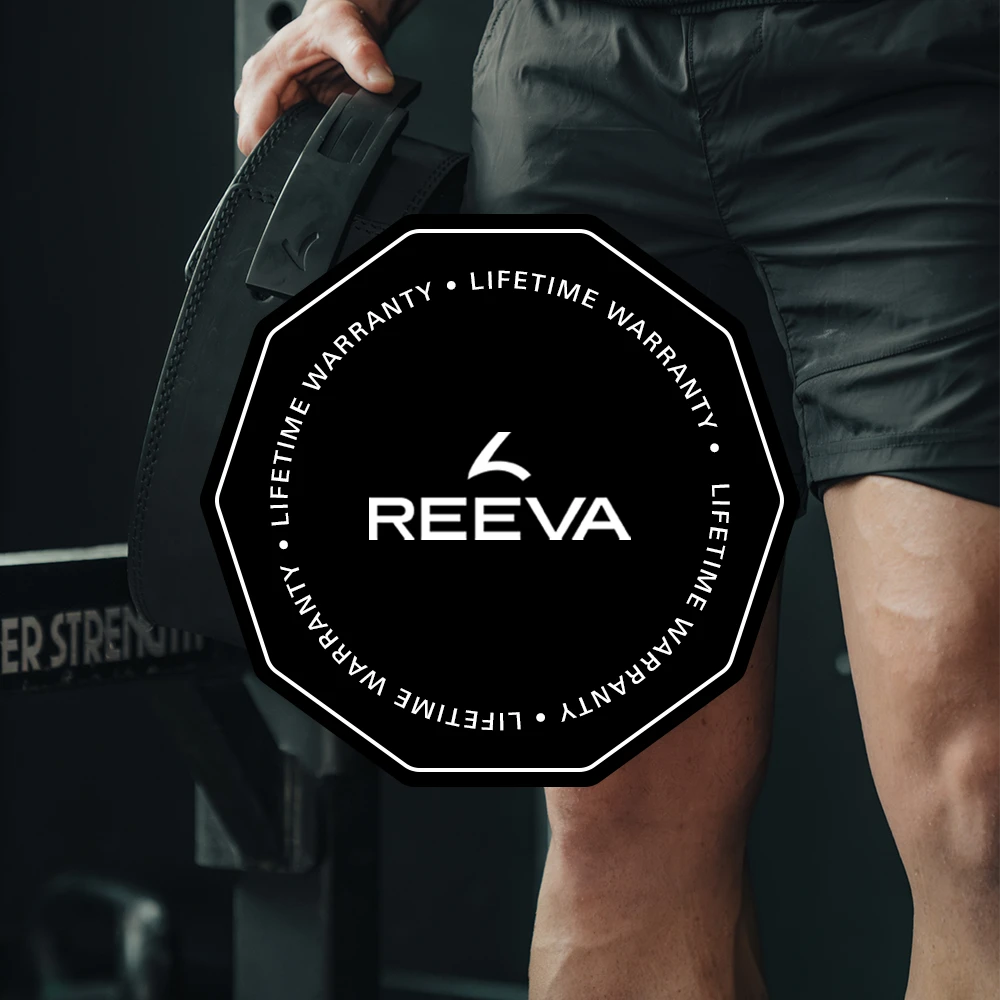
Levenslange garantie
Aanbevolen door pro-athleten
FAQs
Find the answer to most common questions about this product.


